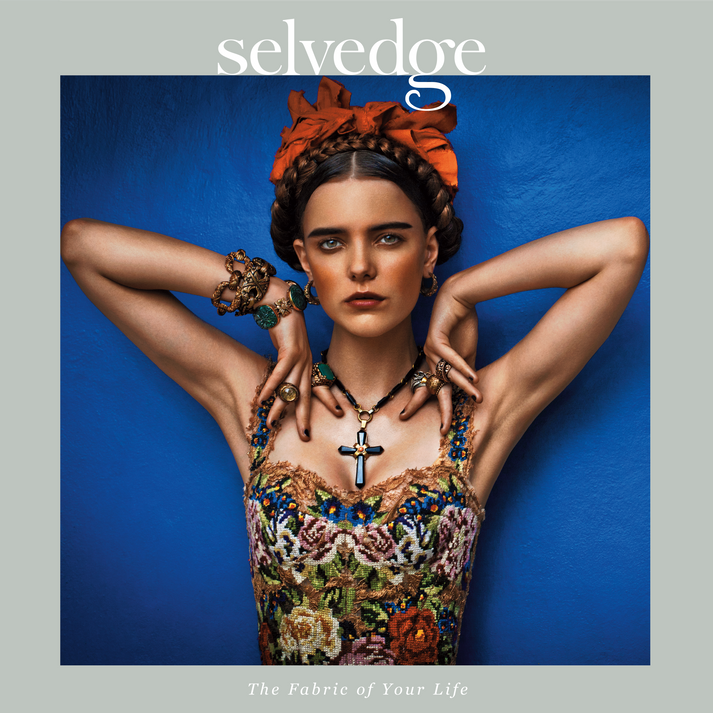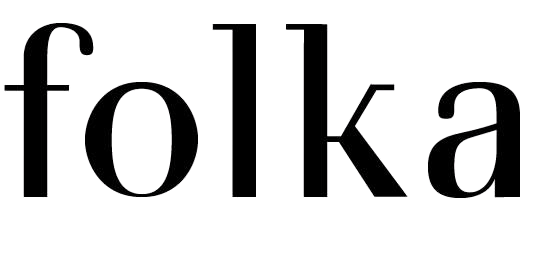Selvedge Magazine
Selvedge Magazine - Issue 109 Rise Up
Selvedge Magazine - Issue 109 Rise Up
Couldn't load pickup availability
The lavish excess of ornamentation in the embroidery practiced by the Spanish Lagartera might be considered an anathema to someone educated within Bauhaus principles of modernism, but in this issue, we see that embroidery is far more than simply a way to embellish cloth. It is also an encyclopedia of history. In the case of the Langartera, it is the embodiment of Jewish, Muslim, and Catholic influences on the history of a place. A similar layering of material archaeology is also evident in the contrasting patterns played off against each other across the globe in the portraits of Corina Gertz, which elevate community over individuality. Bringing us up to date Claudia Muñoz Morales introduces us to the ways in which embroidery artisans across Mexico are using the rich cultural history found in their embroidery to uplift communities.
This is echoed in a project initiated by the designer Larissa Van Planta working to bring a new life to pre-loved clothes and a new future to Palestinian refugees living in Lebanese refugee camps through embroidery. The embroidery produced in Palestine is famed the world over and in the run-up to the holidays, it seemed appropriate to include an in-depth exposé on embroidery from Bethlehem by Gillian Vogelsang-Eastwood. Staying in Palestine, Annie Oakley Waterman explores the once thriving craft community, now struggling to overcome the obstacles caused by the conflict in the region, and finds resilience and hope for the future.
Political instability can bring about unexpected and engaging art. It can influence an individual artist’s career for a lifetime. Geopolitical and social upheaval, including the war in Ukraine, has shaken European artists — those who fled Europe, those who worked under repressive regimes, and those who live there now. Rhonda Brown provides an overview of work impacted by political instability. On the ground in Kyiv Dr. Mariette van Beek and Dr. Gisela Duetting report on the groundswell of interest in Ukrainian traditional embroidery that has emerged during the last nine months.
Finally, in a reflection on our changing society, we consider the future of textile education, static since the Bauhaus opened its doors in1919. In a world where our relationship with cloth has changed radically, textiles have taken on a greater significance in our lives and are even more important for our future. Is it time to re-evaluate the role of textile education and how it can best serve our society today? Thank you for your continued support - I really appreciate it.
Materials
Materials
Dimensions
Dimensions
Care information
Care information


